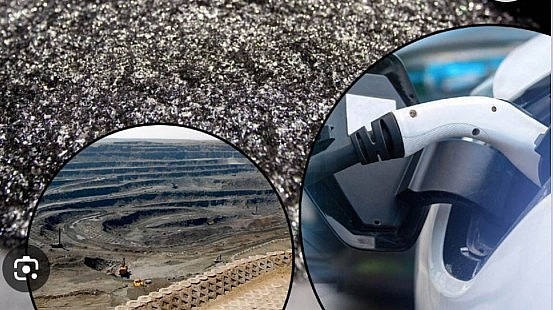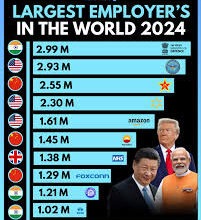
India’s clean energy ambitions have collided with a hard geopolitical reality: it possesses the world’s fifth-largest rare earth reserves but produces less than one percent of the rare earth magnets critical for electric vehicles (EVs), wind turbines, and advanced defense technologies.
The gap has left New Delhi dangerously reliant on imports from China — the undisputed gatekeeper of the global magnet supply chain.
A new report by advisory firm Primus Partners lays bare the risks. Titled “From extraction to innovation: A blueprint for enhancing rare earth magnet ecosystem in India’s EV roadmap”, it warns that without rapid localization, India’s green transition will remain vulnerable to Beijing’s policy whims. In an era of weaponized trade and technology restrictions, that vulnerability could translate into a strategic chokehold.
The scale of dependence is sobering. In 2025, India imported $291 million worth of rare earth magnets and nearly $32 million worth of rare earth elements.
With China tightening export controls in response to Western restrictions, the risk of supply disruptions is no longer theoretical — it is a looming threat that could stall India’s EV adoption and compromise its renewable energy ambitions.
Primus Partners’ proposed five-pillar plan reads like a blueprint for economic sovereignty — guaranteed offtake agreements to give investors certainty; integrated production hubs in Odisha, Andhra Pradesh, and Tamil Nadu; a six-month strategic reserve of critical minerals; a Rare Earth Innovation Hub to drive R&D and recycling; and a central coordination cell to streamline approvals and track execution.
The geopolitical stakes are explicit. “We cannot afford to remain resource-rich but capacity-poor,” said Davinder Sandhu, Co-Founder of Primus Partners.
“China spent three decades cementing its monopoly. India must compress that journey into seven years if it wants to avoid strategic dependence.” In other words, the race is not just industrial — it is existential.
By 2030, India is projected to reach 30 percent EV penetration, a target that will require an avalanche of neodymium–iron–boron (NdFeB) magnets. Without domestic capacity, every electric vehicle rolling off an Indian assembly line risks becoming another data point in Beijing’s leverage over global clean-tech supply chains.
New Delhi is already mobilizing. State-owned IREL Limited is scaling production of neodymium-praseodymium oxide, while the $4.1 billion Critical Minerals Mission is designed to accelerate exploration, processing, and recycling.
Analysts say that, paired with private-sector participation and global technology partnerships, these moves could make India a formidable competitor in less than a decade.
The emphasis on innovation is deliberate. The proposed National Rare Earth Innovation Hub would spearhead advances in magnet chemistry, recycling techniques, and higher-performance grades—shifting India from a catch-up player to a disruptor. By embedding recycling into its industrial model, India could also insulate itself from the boom-bust cycles that have long plagued the rare earths market.
Big industry is already circling. Vedanta, JSW Group, Mahindra & Mahindra, and Uno Minda are exploring entry into the sector, betting that policy support will unlock billions in investment and thousands of high-value jobs. For a country where clean-tech manufacturing is as much about jobs as it is about energy security, the magnet push could become a cornerstone of economic resilience.
The message resonates beyond India’s borders: the EV revolution cannot be held hostage to a single supplier. By leveraging its reserves, demand, and new policy urgency, India has a rare chance to challenge Beijing’s monopoly. The question for global markets is no longer if India can build magnet muscle, but whether it can do so fast enough to redraw the map of critical mineral geopolitics.
Follow The Times Kuwait on X, Instagram and Facebook for the latest news updates













